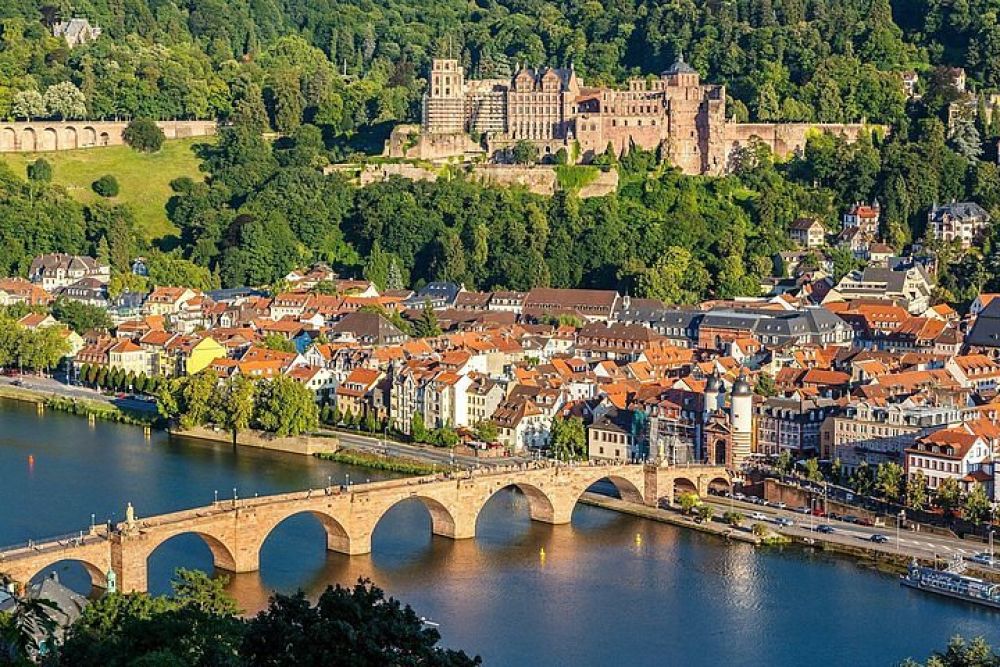

Heidelberg, one of Germany's most picturesque cities, has long been a favored destination for travelers worldwide. With its rich history, stunning architecture, and romantic setting by the Neckar River, Heidelberg attracts millions of tourists each year.
The history of tourism in Heidelberg dates back to the 18th century when European aristocrats and intellectuals embarked on the Grand Tour. Heidelberg, with its medieval castle ruins and Baroque Old Town, became an essential part of this cultural pilgrimage. This trend continued into the 19th century when Romanticism swept across Europe, and the city's ruins became symbolically significant, encapsulating the era's fascination with the sublime and the decay of past generations.
In the early 20th century, Heidelberg cemented its place on the tourist map. The city's charm survived the World Wars, with its historical buildings remaining largely intact. The post-war period witnessed a boom in tourism, driven by economic growth and the expansion of the travel industry. Heidelberg University, the oldest university in Germany, continued to draw scholars and visitors alike, further enhancing the city's cultural allure.
Today, Heidelberg is a vibrant mix of historic charm and contemporary dynamism. The Heidelberg Castle, Philosophers' Walk, and the Old Bridge are key attractions that continue to captivate visitors. The city has diversified its offerings to include a blend of cultural events such as the Heidelberg Spring Music Festival and the Castle Festival.
As an everlasting emblem of German romanticism and academic prowess, Heidelberg will continue to attract and enchant visitors. Embracing the latest trends and holding steadfast to its history, Heidelberg stands as a testament to the enduring appeal of cultural tourism.